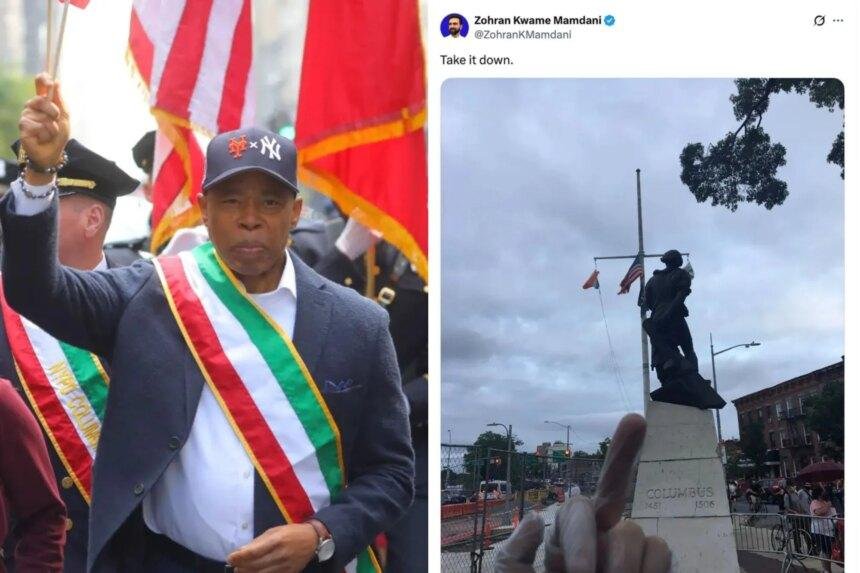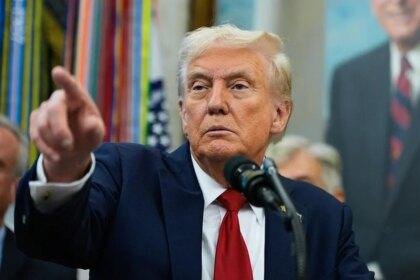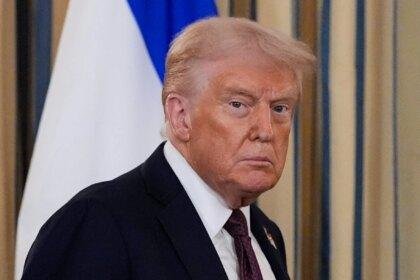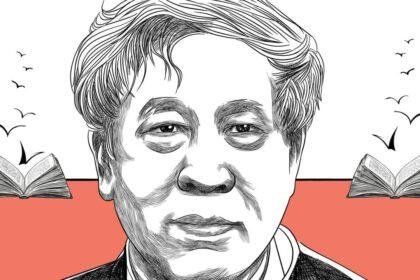Mayor Adams Moves to Protect Columbus Statues Amid Controversy
In a bold move that underscores the ongoing debate over historical monuments, New York City Mayor Eric Adams has announced plans to designate two prominent Christopher Columbus statues as historic landmarks. This decision comes as a response to the rising political tensions surrounding the statues, particularly in light of the candidacy of Zohran Mamdani, a mayoral front-runner known for his critical stance on Columbus and his legacy.
A Preemptive Measure
Adams, who is set to leave office at the end of the year after opting not to seek re-election, expressed his commitment to preserving the statues located at Columbus Circle and Astoria’s Columbus Square. He stated, “The beauty of New York City is that we celebrate and respect all our diverse communities and cultural heritage.” This statement reflects a broader effort to balance the city’s rich Italian-American heritage with the growing calls for recognition of Indigenous perspectives.
The mayor’s initiative aims to safeguard these monuments from potential removal should Mamdani, who has previously called for their dismantling, win the mayoral race. In a 2020 social media post, Mamdani infamously displayed his middle finger at the Columbus statue in Astoria, igniting a firestorm of criticism from the Italian-American community.
Historical Context
The Columbus statue in Columbus Circle, erected in 1896, was designated a federal and state historic landmark in 2018, a move supported by then-Governor Andrew Cuomo. However, the Astoria statue, unveiled in 1941, lacks such protections, prompting Angelo Vivolo, president of the Columbus Heritage Coalition, to advocate for its landmark status. Vivolo described the mayor’s actions as a necessary preemptive strike against Mamdani’s agenda, stating, “His call to remove the Columbus statue in Astoria was offensive and insulting to the Italian-American community.”
The debate surrounding Columbus is not new. The explorer’s legacy has been scrutinized for his treatment of Indigenous peoples during his voyages to the Americas. Critics argue that celebrating Columbus perpetuates a narrative that overlooks the suffering and injustices faced by Native Americans. Conversely, supporters maintain that Columbus represents a pivotal moment in history, particularly for Italian-Americans, who view him as a symbol of their cultural heritage.
A Balancing Act
In addition to the landmark designation, Adams announced the establishment of a $750,000 fund aimed at promoting cultural and artistic endeavors within the Indigenous community. This initiative seeks to acknowledge the contributions of Indigenous peoples while also celebrating the diverse tapestry of New York City’s population. “We’re not going to show the same callous disregard for any community,” said First Deputy Mayor Randy Mastro, who emphasized the importance of inclusivity in the city’s cultural narrative.
The mayor’s decision to protect the Columbus statues while simultaneously supporting Indigenous initiatives reflects a complex balancing act. It highlights the challenges faced by city leaders in navigating the competing narratives surrounding historical figures and their legacies.
The Role of Public Input
Mastro indicated that the applications for historical or landmark status would be submitted to the Landmarks Preservation Commission before the end of the year, allowing for public input in the decision-making process. He noted, “There’s a historical legacy with the statues that is undeniable. They are important statues to Italian heritage.” This approach aims to ensure that the voices of both supporters and critics are heard in the ongoing dialogue about the statues’ future.
The Landmarks Preservation Commission, composed of 11 members appointed by the mayor, will ultimately determine the fate of the statues. While Mastro refrained from speculating on the Commission’s decision, he assured that the applications would receive a fair hearing.
Historical Precedents
The current debate over Columbus statues echoes broader national conversations about the appropriateness of public monuments. Following the removal of Confederate statues in various parts of the United States, many cities have grappled with how to address monuments that are seen as symbols of oppression or colonialism. Former Mayor Bill de Blasio had previously established a committee to evaluate the status of such monuments, ultimately deciding to spare the Columbus statues while suggesting the addition of plaques to provide context about their historical implications.
This ongoing discourse reflects a societal shift towards a more nuanced understanding of history, one that recognizes the complexities of figures like Columbus. As cities across the nation reassess their public monuments, New York City finds itself at the forefront of this evolving conversation.
Conclusion
Mayor Eric Adams’ initiative to protect the Columbus statues while promoting Indigenous cultural programs illustrates the intricate dynamics of heritage, identity, and historical memory in a diverse city like New York. As the political landscape shifts and new voices emerge, the future of these monuments remains uncertain. The decisions made in the coming months will not only impact the statues themselves but will also shape the narrative of how New York City honors its multifaceted history. The ongoing dialogue surrounding these statues serves as a reminder of the importance of inclusivity and understanding in a city that prides itself on its rich cultural tapestry.











